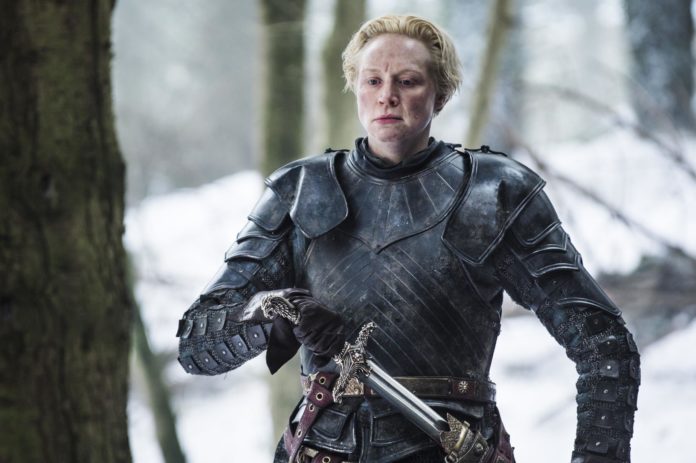Over one hundred years ago, Swedish archaeologist Hjalmar Stolpe excavated a series of Viking graves near an ancient settlement called Birka. Because the graves were filled with items like swords and helmets, Stolpe (along with generations of archaeologists, researchers and historians since) assumed that all of the occupants were male Viking warriors. They were wrong. It turns out that one of the most spectacular of the Birka graves belongs to a woman.
Osteology and DNA tests have confirmed that a female was interred alongside her male counterparts, and the richness of her grave furnishings suggest she was an important military leader. The findings were recently published in the American Journal of Physical Anthropology. Said Uppsala University archaeologist Charlotte Hedenstierna-Jonson: “It’s actually a woman, somewhere over the age of 30 and fairly tall too, measuring around 170 centimetres.” That height translates to roughly 5′ 6,” which would have made her equal to the average man in that area at that time.
Of course, Brienne of Tarth towers over most of the men in Westeros, but her Viking counterpart would have had a striking range equal to most of the men around her. The woman was also an accomplished fighter and military leader, as Hedenstierna-Jonson describes:
Aside from the complete warrior equipment buried along with her – a sword, an axe, a spear, armour-piercing arrows, a battle knife, shields, and two horses – she had a board game in her lap, or more of a war-planning game used to try out battle tactics and strategies, which indicates she was a powerful military leader. She’s most likely planned, led and taken part in battles.
As one of the 10 researchers involved in the AJPA report, Hedenstierna-Jonson says the world’s “ultimate warrior Viking grave” was always assumed to belong to a male because of the “manly” equipment arranged around her. The new inquiry was initiated by Anna Kjellström, an osteologist at Stockholm University and a fellow author of the report. While working on the remains of the viking for another project, she was struck by its gentle cheekbones and hip bone structure, both of which suggested a female subject. An osteological analysis also pointed to female, and a DNA-analysis confirmed it. As the new study states:
This image of the male warrior in a patriarchal society was reinforced by research traditions and contemporary preconceptions. Hence, the biological sex of the individual was taken for granted. Though some Viking women buried with weapons are known, a female warrior of this importance has never been determined and Viking scholars have been reluctant to acknowledge the agency of women with weapons.
We’ve all seen the likes of Brienne, Ygritte, Yara, Arya and Karsi in action on Game of Thrones — whatever the actual ancient past looked like, women with weapons clearly have agency in this fictional one. And as someone who lived in a warrior culture, our Viking woman would most certainly have needed to establish a reputation as a fighter. “You can’t reach such a high (military) position without having warrior experience,” Hedenstierna-Jonson says, “so it’s reasonable to believe that she took part in battles.”
While this is a fascinating discovery, Hedenstierna-Jonson doesn’t expect it to rewrite historians’ current conception of a patriarchal Viking society with fighting forces dominated by men: “It (a female military leader) was probably quite unusual, but in this case, it probably had more to do with her role in society and the family she was from, and that carrying more importance than her gender.”
This is an interesting point. The idea that the female Viking warrior had a high place in society due to her family name (plus some real fighting talent) lands her squarely in the same place Brienne of Tarth: a noble-born girl with access to expensive training and armor. Perhaps the Viking girl’s powerful father, like Brienne’s, recognized her true calling and gave her the tools necessary to prove herself in the world of fighting men.
The new discovery has run into some academic resistance. Hedenstierna-Jonson says that skeptics have questioned if the bones being analyzed actually came from the Birka warrior grave. “I think that’s because of how we view history, and many of us would like to think that we live in the best of worlds (where men and women are equal) now,” she said.
To stay up to date on everything Game of Thrones, follow our all-encompassing Facebook page and sign up for our exclusive newsletter.
Watch Game of Thrones for FREE with a no-risk, 7-day free trial of Amazon Channels.
h/t The Local




















![[Book Review] The Blade Itself (The First Law Trilogy) by Joe Abercrombie](https://bendthekneegot.com/wp-content/uploads/2018/01/1516047103_maxresdefault-218x150.jpg)


















